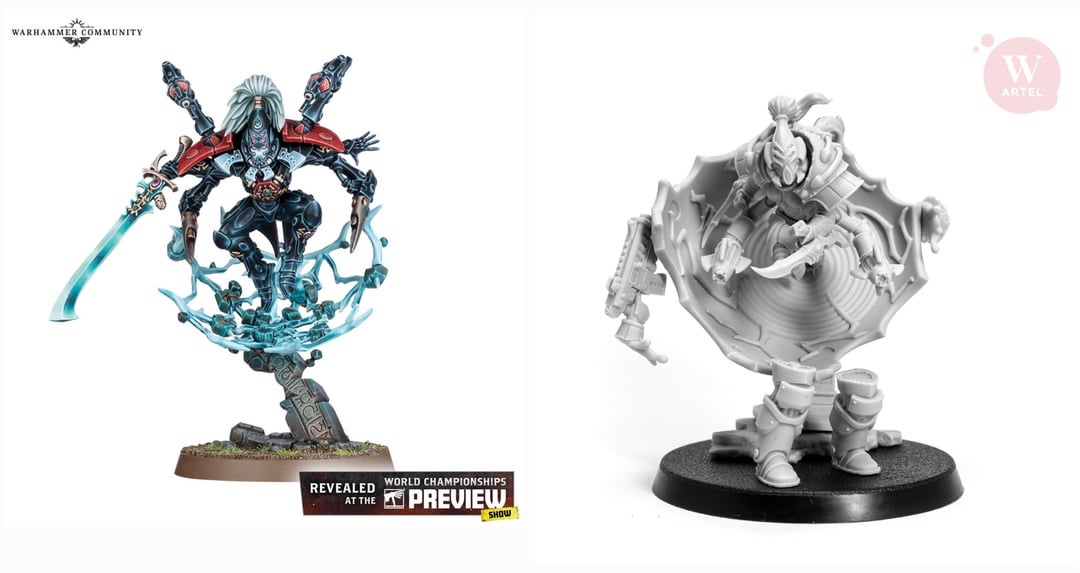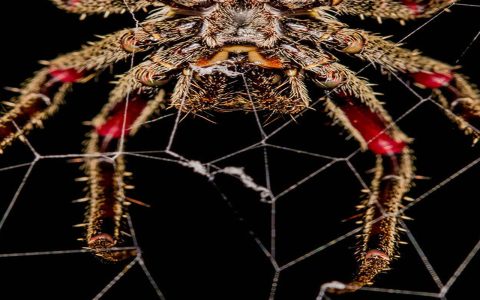Selecting the optimal spider claw depends critically on your application's specific requirements: payload, cycle time, ambient conditions, object variability, and budget. Three primary models dominate the market.
Basic Servo-Driven Claws (Economy Tier)
Ideal for repetitive, low-variability tasks with consistent, rigid objects. Lowest initial investment.
- Payload: Typically 1kg - 5kg.
- Precision: Good repeatability (±0.1mm) under stable conditions.
- Speed: Moderate cycle rates.
- Limitations: Minimal compliance; struggles with fragile, irregular, or inconsistent items. Limited grip force control. Performance degrades significantly with wear/dust exposure.
Adaptive Claws with Force Feedback (Mid-Tier)
Suited for mixed SKUs, delicate objects, or environments requiring adaptability.

- Payload: Ranges 0.5kg - 15kg depending on build.
- Precision: Active grip force control (±0.05N resolution typical). Compensates for minor object variance and positioning drift.
- Advantages: Handles fragile items effectively (PCBs, glassware); adapts to slight dimensional variations; compensates for minor gripper misalignment. Better tolerance to vibration.
- Trade-offs: Higher initial cost than basic models. Requires slightly more complex programming/cabling.
High-Performance Sensor-Integrated Claws (Premium Tier)
For demanding applications: high-speed sorting, highly variable products, extreme environments, or critical QC integration.
- Payload & Speed: Often exceeds 20kg payload; capable of ultra-high cycle rates (>120 cycles/min).
- Sensors: Integrated slip detection, 3D object pose estimation, surface scanning, embedded weighing.
- Applications: Random bin picking, high-mix assembly lines, stringent quality checks (presence/absence, orientation verification), harsh environments (foundries, food processing with IP69K variants).
- Considerations: Significant investment cost. Requires advanced system integration and processing power.
Key Selection Criteria
- Object Characteristics: Fragility, surface texture (smooth/slippery/porous), weight, size variability, geometry consistency.
- Required Throughput: Cycle time dictates basic vs. high-speed models.
- Duty Cycle: High-cycle applications demand robust materials and design.
- Environment: Consider temperature, particulates, humidity, chemical exposure. IP ratings and material compatibility (stainless steel, specialized coatings) are critical.
- Integration Needs: Compatibility with existing control systems (EtherCAT, PROFINET, etc.), required sensor inputs/outputs.
- Total Cost of Ownership: Include maintenance schedules, expected component lifespan, and energy consumption alongside purchase price.











